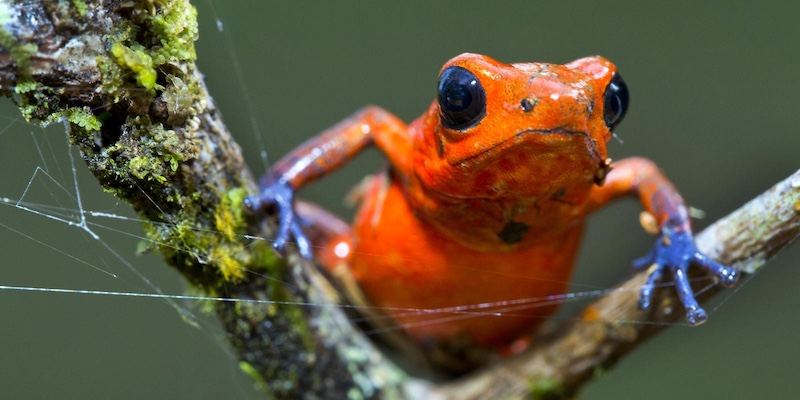While many animals rely on speed, strength, or stealth to survive, others possess something even more astonishing: the ability to paralyze with a single touch. Whether through venom, toxins, or electric shock, these creatures can render a human—or their prey—helpless in moments. Backed by scientific data and institutional research, here are 10 animals that can paralyze you instantly.
Blue-Ringed Octopus
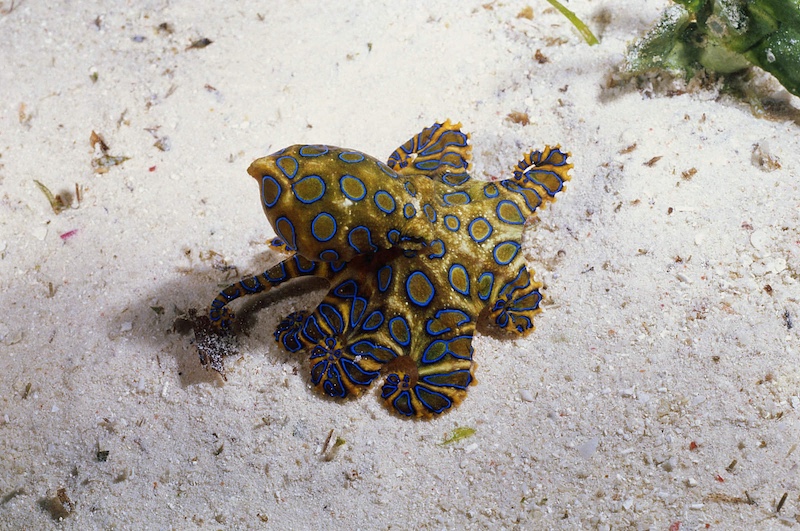
Despite its small size, the blue-ringed octopus is one of the most dangerous marine animals on Earth. Found in tide pools in Australia and Japan, it carries tetrodotoxin, a neurotoxin 1,200 times more toxic than cyanide, according to the Australian Institute of Marine Science. The toxin causes motor paralysis and respiratory failure within minutes. There is no known antivenom, and victims often remain conscious while paralyzed.
Cone Snail
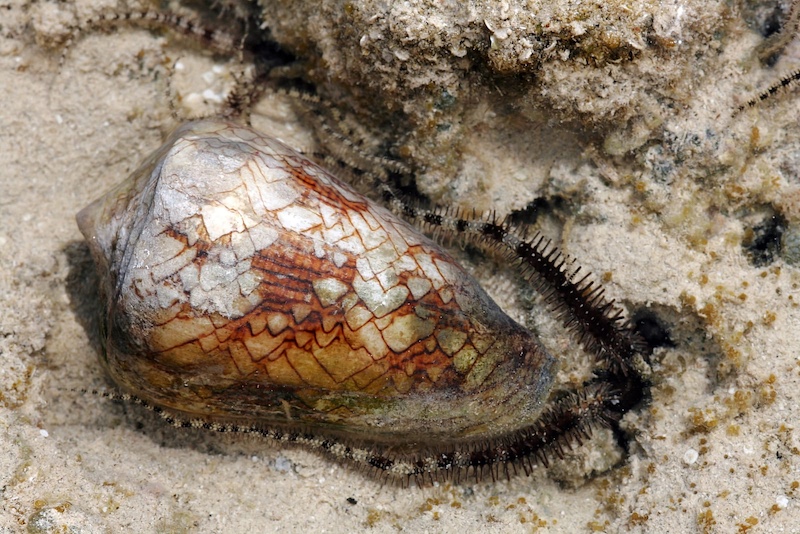
The cone snail’s colorful shell masks a deadly weapon: a harpoon-like tooth capable of injecting conotoxins. These potent neurotoxins immediately interrupt communication between nerves and muscles. The Conus geographus species is considered the most venomous and has been responsible for multiple human fatalities. The National Institutes of Health has extensively studied these toxins for their paralytic properties—and potential medical uses.
Stonefish

The stonefish is the most venomous fish in the world. Its dorsal fin spines release venom that can cause paralysis, tissue death, and even heart failure. The Queensland Health Department warns that symptoms begin within minutes and worsen rapidly. Stonefish are masters of camouflage and often mistaken for rocks, increasing the likelihood of accidental contact.
Brazilian Wandering Spider
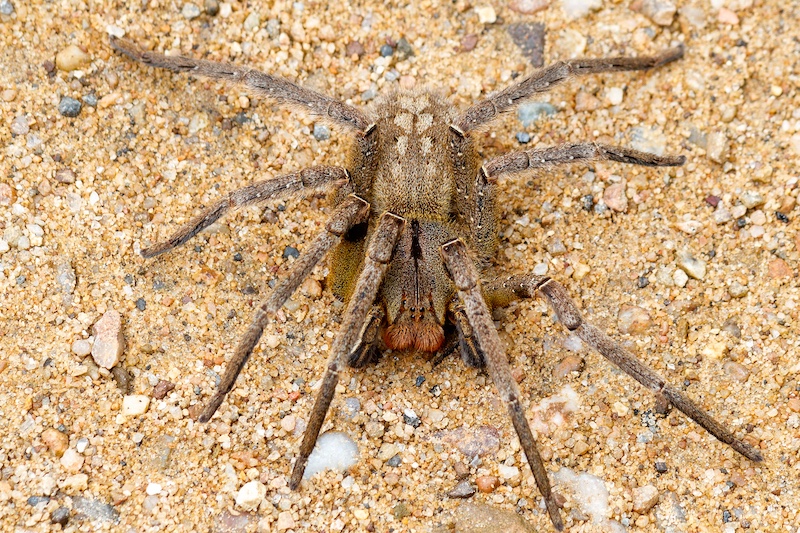
Also known as the “banana spider,” the Brazilian wandering spider is one of the most toxic arachnids on Earth. Its venom contains neurotoxins that cause muscle paralysis and respiratory complications. A Toxicon study published in 2009 found that the venom of Phoneutria fera can inhibit synaptic transmission, essentially shutting down motor function.
Irukandji Jellyfish
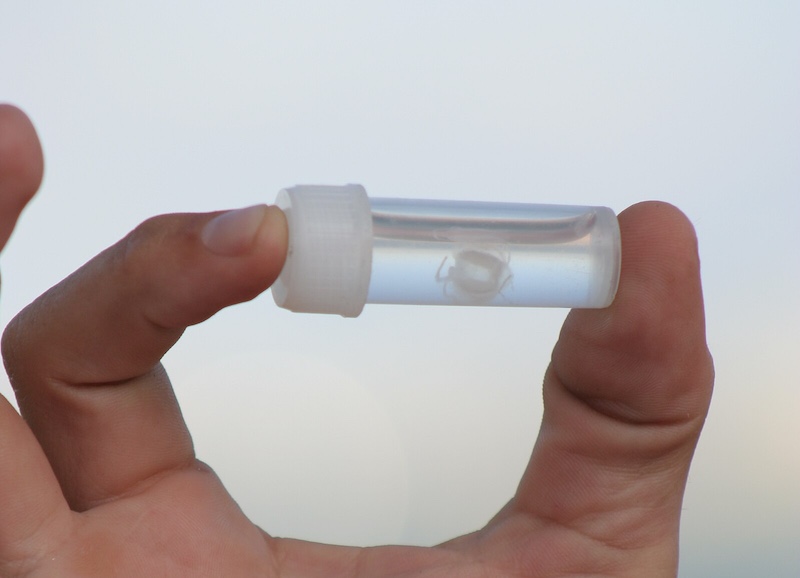
The Irukandji jellyfish may be only the size of a thumbnail, but it’s capable of delivering a paralyzing sting. Victims experience Irukandji syndrome, which includes pain, nausea, and sometimes temporary paralysis. According to James Cook University, this jellyfish’s venom can overstimulate the nervous system and disrupt muscular control.
Poison Dart Frog

The bright colors of the poison dart frog are a warning to predators—and for good reason. Species like Phyllobates terribilis secrete batrachotoxin through their skin. This toxin prevents nerves from firing properly, resulting in paralysis. According to the Smithsonian National Zoo, just one frog carries enough toxin to kill 10 adult humans.
Platypus (Male)

Male platypuses are equipped with venomous spurs on their hind legs. During mating season, they can inject a venom that causes excruciating pain and paralysis. A 2010 study published in Nature revealed that the venom contains a unique blend of peptides that specifically target pain receptors and motor neurons.
Giant Silkworm Moth Caterpillar (Lonomia obliqua)
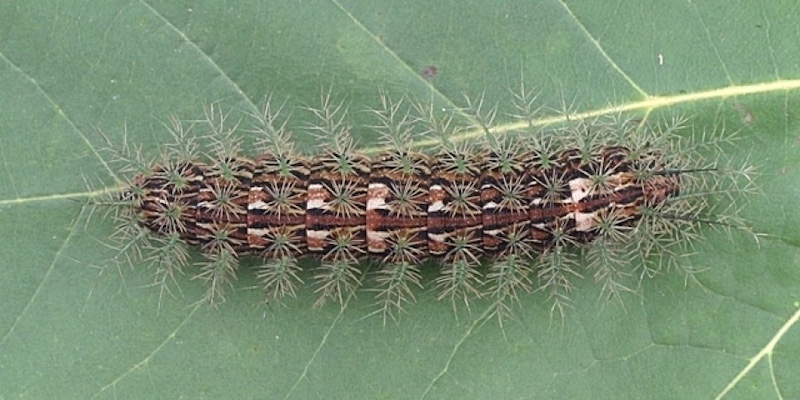
This fuzzy caterpillar found in Brazil might look harmless, but its bristles contain venom that can cause paralysis and fatal internal bleeding. The Brazilian Ministry of Health reports several cases of hospitalization and death each year from Lonomia contact. Paralysis can set in as the venom affects the central nervous system and blood clotting.
Box Jellyfish

The box jellyfish’s tentacles are lined with cnidocytes, which fire venom-laden harpoons on contact. The result? Excruciating pain, paralysis, and even cardiac arrest within minutes. The U.S. National Science Foundation attributes over 100 deaths per year in the Indo-Pacific to box jellyfish stings. Immediate treatment is critical to survival.
Electric Eel

Technically a knifefish, the electric eel generates up to 600 volts of electricity. This powerful discharge can cause involuntary muscle contractions, paralysis, and even respiratory arrest if a person is shocked repeatedly while in water. Researchers at Vanderbilt University found that the eel uses these electrical pulses to incapacitate prey and deter threats.
- Please Note: This content was created with the assistance of AI and thoroughly edited by a human before publishing.

